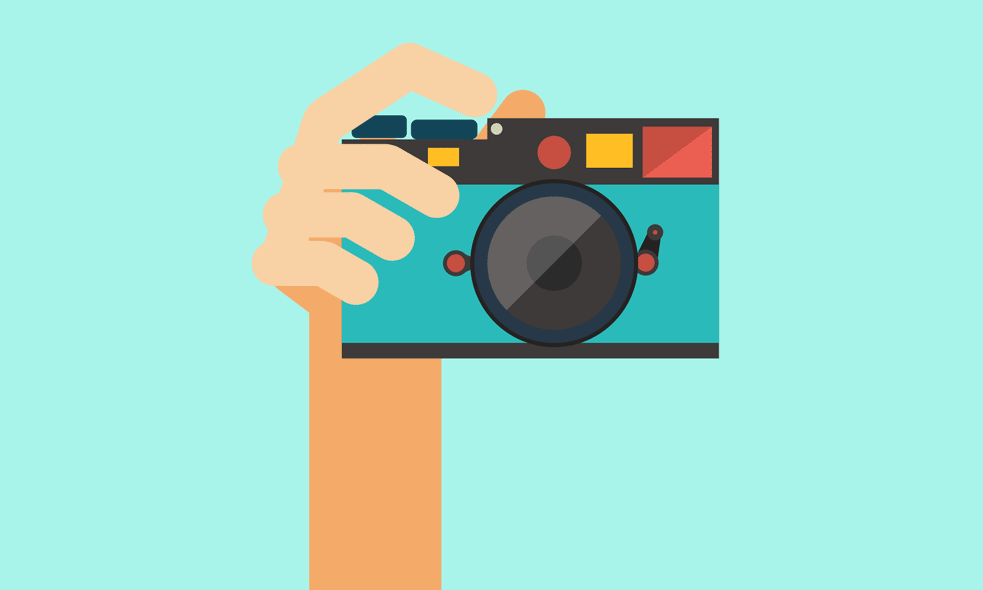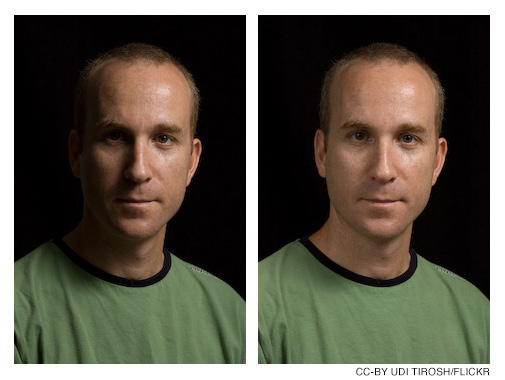
Taking great photos isn’t just about having a nice camera. I’m a firm believer that good photography comes from smart photographers who think creatively and know how to make the most of what they’ve got—whether they’re working with fancy DSLR or an iPhone.
On TED’s design team, where I manage TED’s Instagram account, we’re always on the lookout for beautiful, arresting images. Below are 8 non-technical, non-intimidating tips that I continue to refer to even after years of taking pictures.
- Keep your lens clean and your battery charged. Yes, both of these things are obvious, but they’re also very easy to forget. With my camera, I like to keep at least one extra fully-charged battery on hand, and I always keep my phone charger with me because it’s such a bummer when you want to take a photo but can’t. Phones can get especially dirty from riding around in our pockets and getting our fingerprints all over them. So form a habit where every time you go to pick up your camera, you clean off your lens. You can wipe your lens with a lens cloth or a super soft fabric like an old T-shirt. But be careful; using a fabric that’s too rough will scratch. And that’s the worst.
. - Light is king. If you remember one thing from this list, choose this one. Lighting is as valuable a tool as your camera itself. In fact, I think of them as equal teammates that have to work together to do the job — and you are their coach. Generally, natural light from the sun is the best option. If you’re inside, raise the blinds and open the curtains to let in as much light as possible and, if you can, move your subject near the window. If you’re limited to artificial lighting (anything that uses electricity), you’ll want to make sure you place the lamps in a way that they’re fully lighting your subject because artificial light tends to be uneven. If you have a lamp or overhead lighting, take note of the direction the light is pointing in. Can you point another light from the other side to balance it out?
. - Use a reflector. Reflectors bounce light from the sun or a lamp onto an object. And this can make a big difference in your photography. If you want to get that clean, professional studio look, use a white piece of poster board or foamcore to reflect light onto your subjects. Here’s an example:
 Notice how in the image on the left, this guy’s face is almost entirely dark in the shadow? In the image on the right, the photographer used a reflector to the left of his face. There’s no “right” way to hold the reflector, you’re just looking for an angle that will bounce light from your main source onto your subject. This process is generally just trial and error.
Notice how in the image on the left, this guy’s face is almost entirely dark in the shadow? In the image on the right, the photographer used a reflector to the left of his face. There’s no “right” way to hold the reflector, you’re just looking for an angle that will bounce light from your main source onto your subject. This process is generally just trial and error.
. - Think before you shoot. Remember: you are the one taking the photo, not just the camera. The point of being a photographer is to capture the world as you see it and share your unique perspective with others. So it’s important to visualize what you want your photo to look like before you take it. This means taking time to consider what’s in the frame, and coming up with the best composition. When you look through the screen or viewfinder in your camera, examine every single thing that’s showing. For a photo to have impact, there should be no distractions that cause a viewer to look at something other than what you wanted them to see. Are there any water bottles or random objects that should be moved? Have you cropped off the top of someone’s head? Take some time to consider it.
. - Mind the lines. Horizon lines should be straight unless you’re making them diagonal for a creative effect. I like to use the grid feature on my phone to make sure I’m not off. I also often use a 9-square grid like the one below that breaks my photo up into thirds. This is called the Rule of Thirds — aim to place the points of interest in your photo along the lines or where the lines cross, and your photos will naturally feel more balanced to the viewer. They call it a “rule,” but think of it more as a guideline. It’s useful in creating compositions that are pleasing to the eye.

- Move around. Get up close. One mistake that many new photographers make is that their photos all look the same. It’s important to move around and explore every angle of your subject. If you’re photographing a person, you might want to stand above them so they look smaller or more elegant. If you want to show that the person is strong and powerful, you can try shooting from below a bit to make them seem larger. If you’re photographing an object, really think: Does the object need to be shown in an abstract way with a wacky perspective? Or does a straight on angle help make it feel more truthful and direct?
. - Take a lot of photos. Challenge yourself to take 10-20 shots of the same thing, making sure each shot is unique. This will give you lots of options and is especially helpful when you’re photographing people. You can also try comparing photos with different lighting scenarios. Sometimes, low lighting will make things feel more mysterious, while bright lighting can seem happier or more honest.
. - Share your photos. The whole reason you’re capturing photos is so that you can express your unique perspective. And thus, it can be very rewarding to show your images to people. On Instagram, I’m always fascinated to see how many likes a photo gets and what people comment on. Getting feedback like this can help you understand what makes an image successful—it can help show you what resonates. Want more detail? Ask people what they think of your photos. The feedback isn’t always going to be nice, but that’s okay. These are your photos. And there’s no wrong way to do photography.
This post originally ran on the TED-Ed Blog. Read much more about our education initiative there, or watch these photography-related TED-Ed lessons:
- Illuminating photography: From camera obscura to camera phone
- What cameras see that our eyes don’t
- How to take a great picture
And below, some favorite TED Talks by photographers:
- Taryn Simon: Photographs of secret sites
- Iwan Baan: Ingenious homes in unexpected places
- Brian Skerry: The ocean’s glory — and horror
Finally, in addition to following TED on Instagram, you are welcome to follow me personally @holidayhaus.
Comments (39)